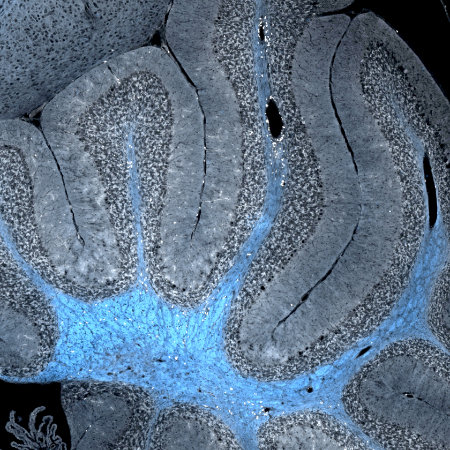CRC collaboration (B06, B09, B15) published in Nature Immunology
"Skin and gut imprinted helper T cell subsets exhibit distinct functional phenotypes in central nervous system autoimmunity"
07.07.2021
Skin and gut imprinted helper T cell subsets exhibit distinct functional phenotypes in central nervous system autoimmunity
Michael Hiltensperger (B06), Eduardo Beltrán, Ravi Kant, Sofia Tyystjärvi, Gildas Lepennetier, Helena Domínguez Moreno, Isabel J. Bauer, Simon Grassmann, Sebastian Jarosch, Kilian Schober (B09), Veit R. Buchholz (B15), Selin Kenet, Christiane Gasperi, Rupert Öllinger, Roland Rad, Andreas Muschaweckh, Christopher Sie (B06), Lilian Aly, Benjamin Knier, Garima Garg, Ali M. Afzali, Lisa Ann Gerdes, Tania Kümpfel, Sören Franzenburg, Naoto Kawakami, Bernhard Hemmer, Dirk H. Busch (B09), Thomas Misgeld, Klaus Dornmair and Thomas Korn (B06)
Nature Immunology (July 2021) 22:880-892. https://doi.org/10.1038/s41590-021-00948-8
Abstract cited directly from the publication:
"Multidimensional single-cell analyses of T cells have fueled the debate about whether there is extensive plasticity or ‘mixed’ priming of helper T cell subsets in vivo. Here, we developed an experimental framework to probe the idea that the site of priming in the systemic immune compartment is a determinant of helper T cell–induced immunopathology in remote organs. By site-specific in vivo labeling of antigen-specific T cells in inguinal (i) or gut draining mesenteric (m) lymph nodes, we show that i-T cells and m-T cells isolated from the inflamed central nervous system (CNS) in a model of multiple sclerosis (MS) are distinct. i-T cells were Cxcr6+, and m-T cells expressed P2rx7. Notably, m-T cells infiltrated white matter, while i-T cells were also recruited to gray matter. Therefore, we propose that the definition of helper T cell subsets by their site of priming may guide an advanced understanding of helper T cell biology in health and disease."


